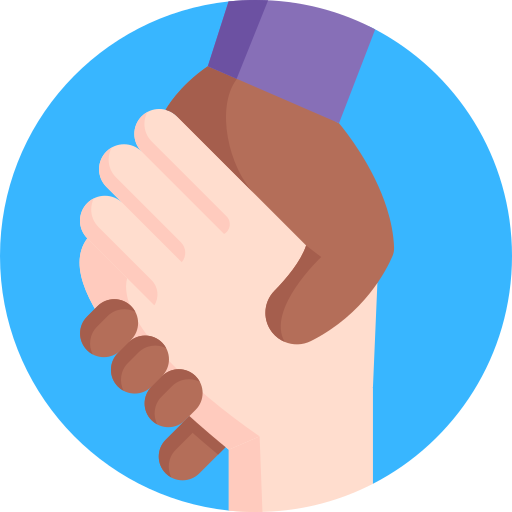Phase 2: Pathway improvement areas

Choose the area of the pathway you want to work on and develop your action plan (note this can be done at the same workshop if you wish). In making your decision, consider these questions:
- Which of your wait areas are having the largest impact on health outcomes?
- Which of your wait areas are impacting most on your demand and capacity?
- Can you identify any health inequalities within your wait areas? e.g. using local intelligence support teams to gather data on referrals by age, gender and postcode.
- Do you want to improve generic waiting – for instance your processes for communicating with and between patients and services to allow them to know more clearly their wait time; or perhaps applying a preparation list rather than a waiting list approach for all patients waiting for surgery?
- Or do you want to start with one group of people, selecting a group that will have a large proportionate impact?
- Where are your levers of control? For example, do you have an offer from your local leisure trust to do specific prehabilitation programmes for you, do you have health improvement staff that are currently doing other wellbeing calls or offers that perhaps have low or no known clinical value that can be repurposed?
Tools to use:
- The links below to principles 1 to 4 will take you to a list of approaches and tools that others in Scotland and the UK have found is making a positive difference for their people and services.
- Reviewing these examples will give you ideas on how to adapt your Waiting Well pathway.
- Where possible, some of these products are being taken forward by the national Waiting Well programme to do on a Once for Scotland level.
Some resources have been developed locally and may require adaptation to your local area if used.



